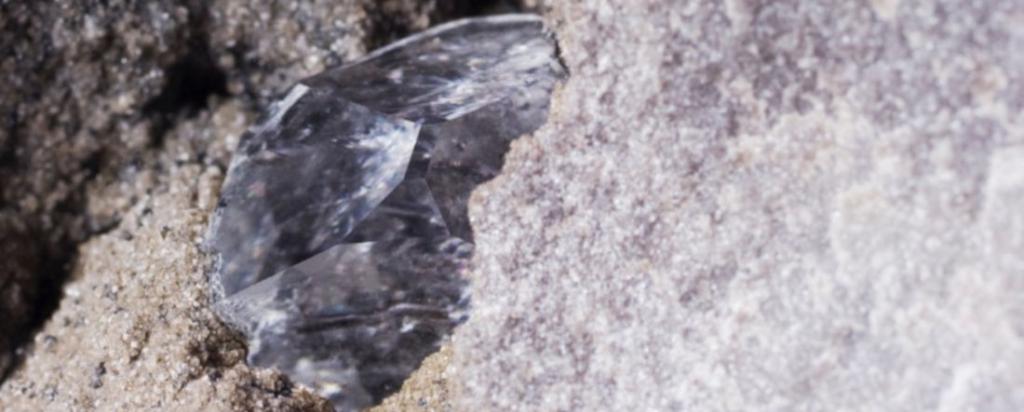

Diamond for biological sensing applications
Nitrogen-doped ultrananocrystalline diamond (N-UNCD) is a promising material for future biological and electrochemical applications. The surface chemistry of N-UNCD is of fundamental importance in how it behaves in a biological context. In this study, a number of oxygen-treated N-UNCD samples were measured, to identify the link between surface chemistry and enhanced electrochemical cell response. The study revealed the key surface properties required of N-UNCD for application in biological systems.
Our research

Nanocrystalline diamond in solution interacting with ions (middle), Soft X-ray NEXAFS for carbon, illustrating the effect of different oxygen treatments (right), and electrochemical cell capacitance measurements for different oxygen treatments (left)
Nitrogen-doped ultrananocrystalline diamond (N-UNCD) is a promising material for future biological and electrochemical applications. The surface chemistry of N-UNCD is of fundamental importance in how it behaves in a biological context. In this study, a number of oxygen-treated N-UNCD samples were measured, to identify the link between surface chemistry and enhanced electrochemical cell response. The study revealed the key surface properties required of N-UNCD for application in biological systems.
Researchers from the University of Melbourne and RMIT have used the Soft X-ray beamline to investigate the surface chemistry of carbon atoms in samples that had been exposed to a range of oxygen treatments including acid boiling, plasma, ozone, UV and high temperature annealing. The beamline offers exquisite sensitivity in distinguishing the surface carbon atoms from those inside the nanocrystals.
The synchrotron measurements were able focus in on the topmost carbon layer of the samples, identifying oxygen-carbon chemical groups. The data was correlated against the performance of the N-UNCD materials used in an electrochemical cell. It was shown that high temperature annealing in oxygen yielded the best electrical performance, with specific oxygen containing functional groups, grain boundary etching and hydrogen removal at the sub-surface layer of the N–UNCD thought to be responsible.
The impact
The results of the study reveal details in the surface chemistry of oxygen treated N-UCND that assist in interpreting the behaviour of the diamond-electrolyte interface in electrochemical cells. This is important for informing optimization strategies for enhancing the performance of N-UNCD. The approach paves the way towards the use of nanocrystalline diamond for future electrochemical and biological applications.